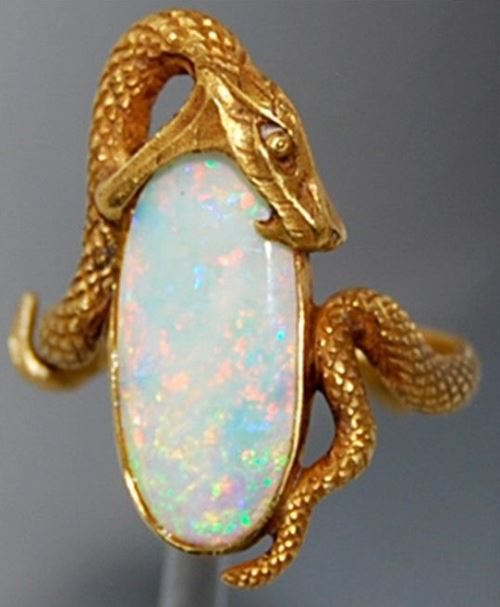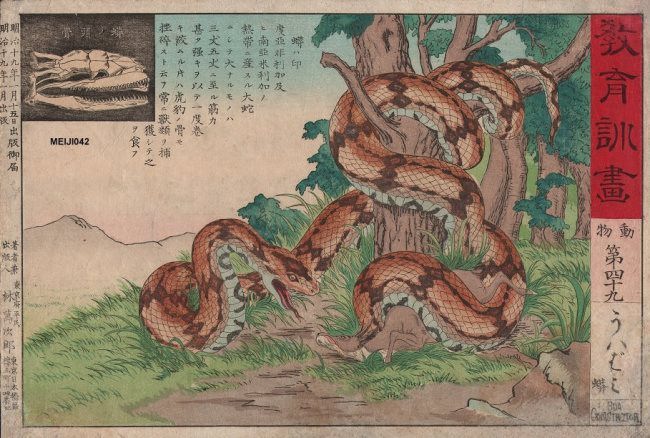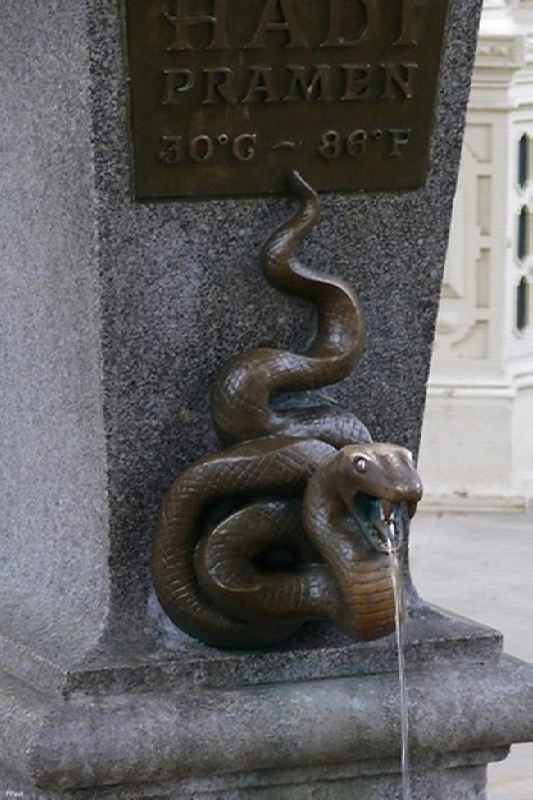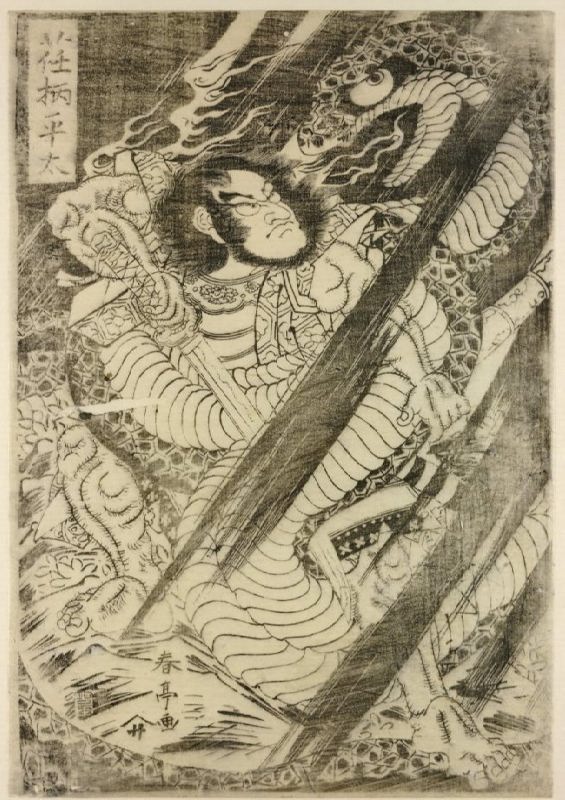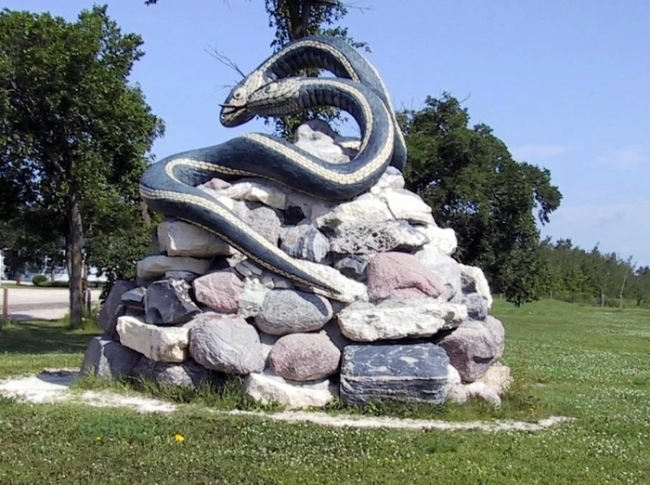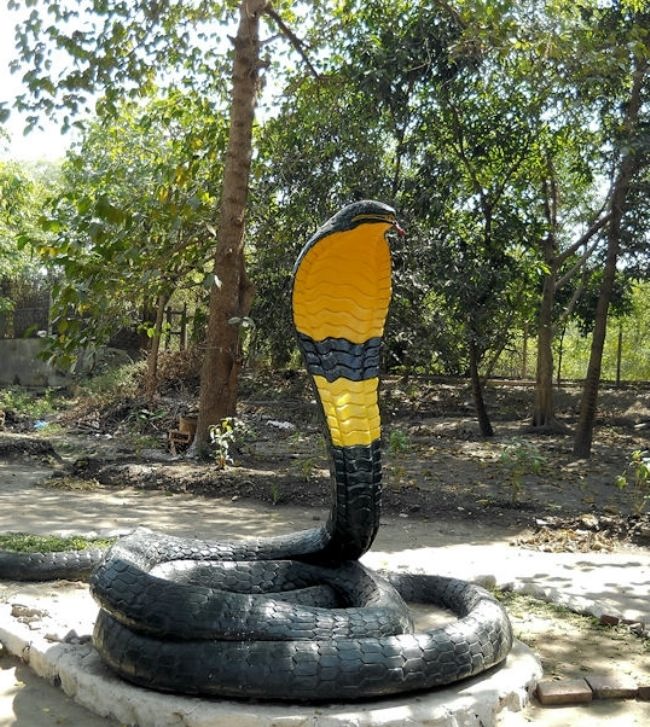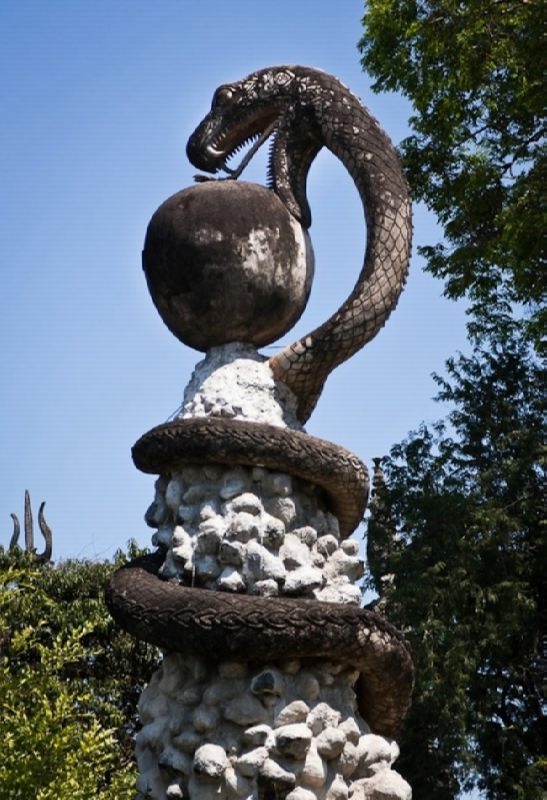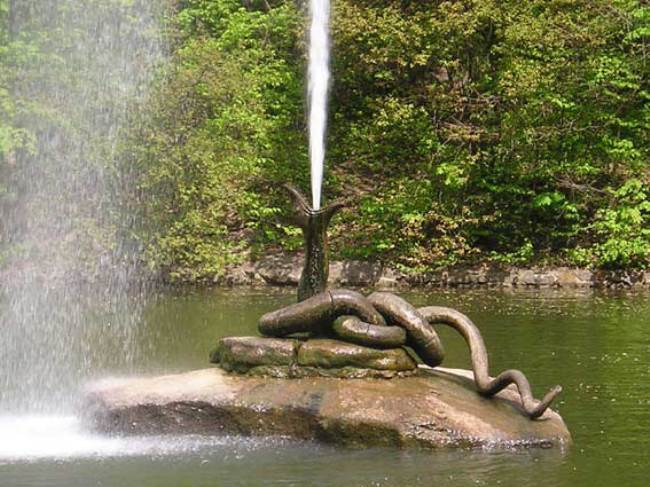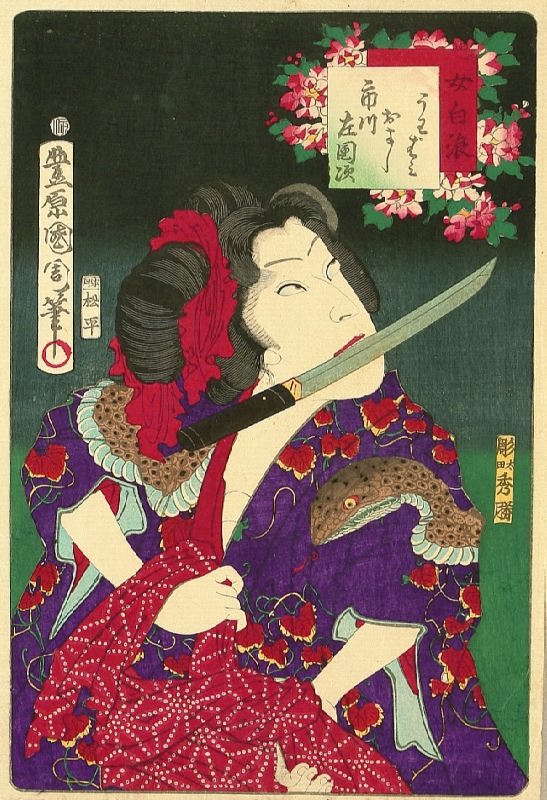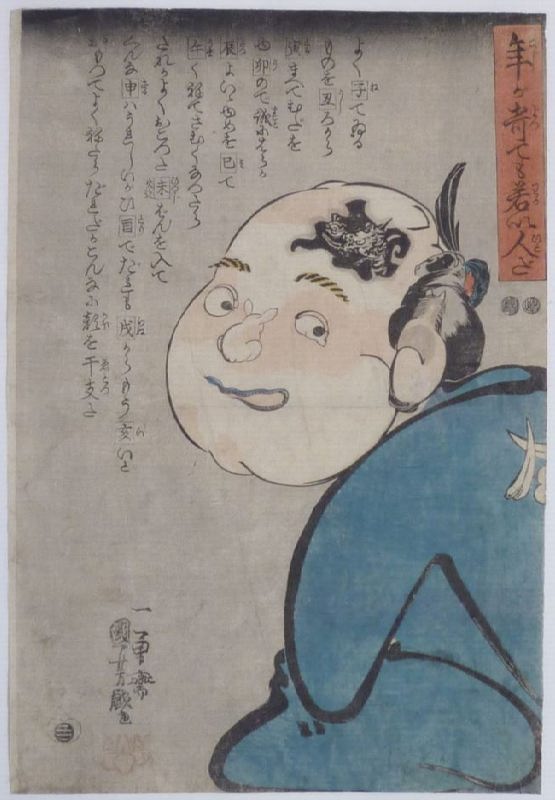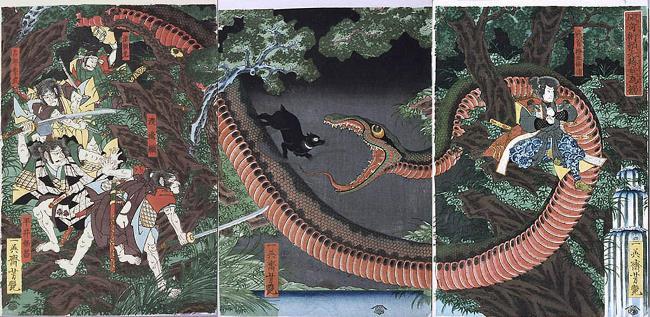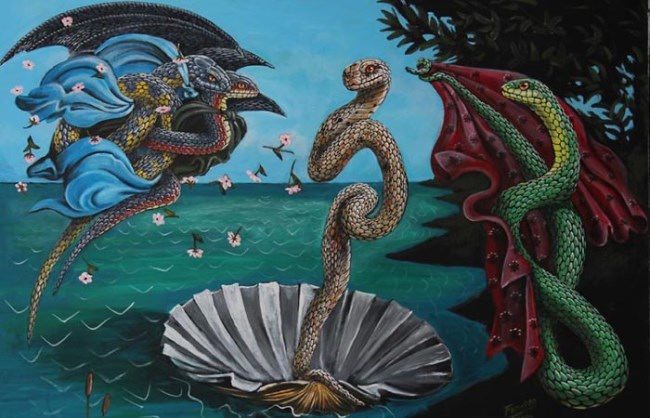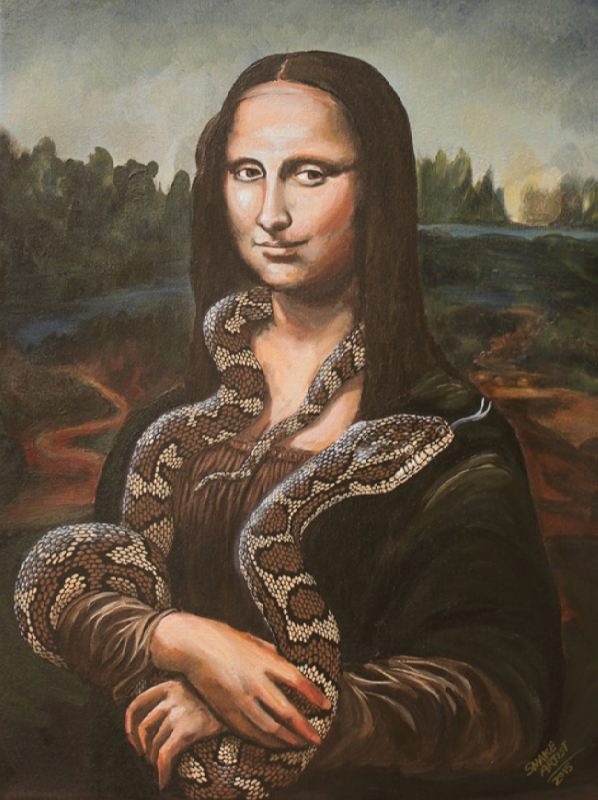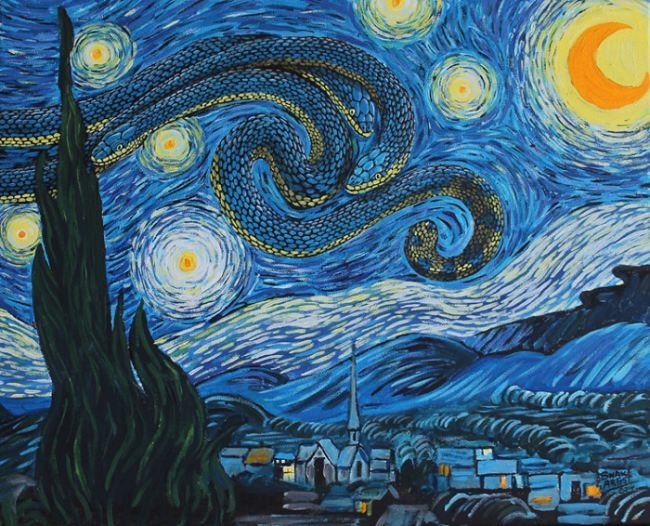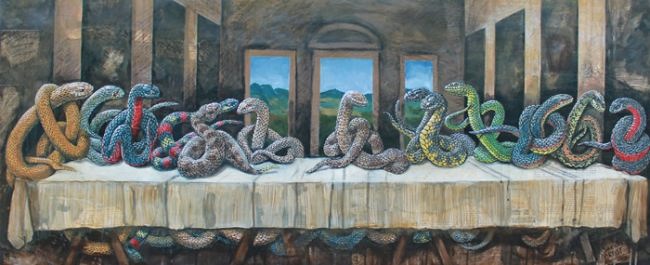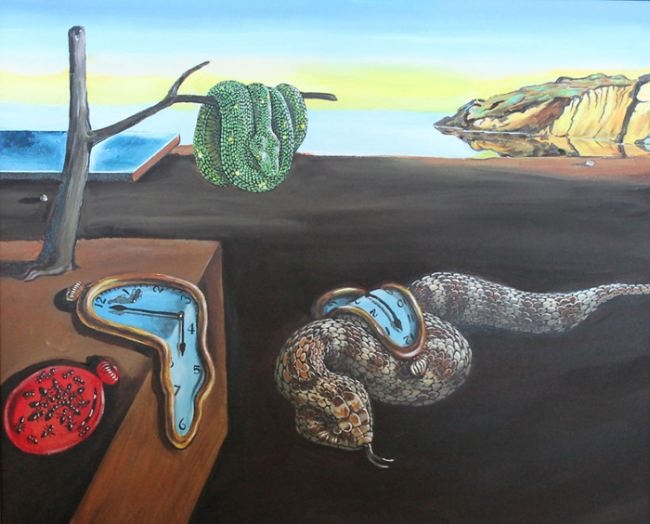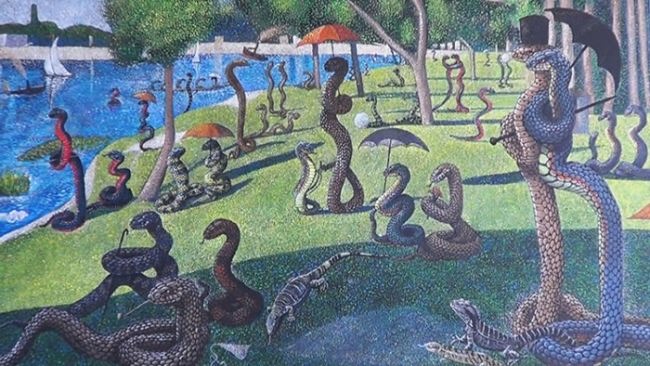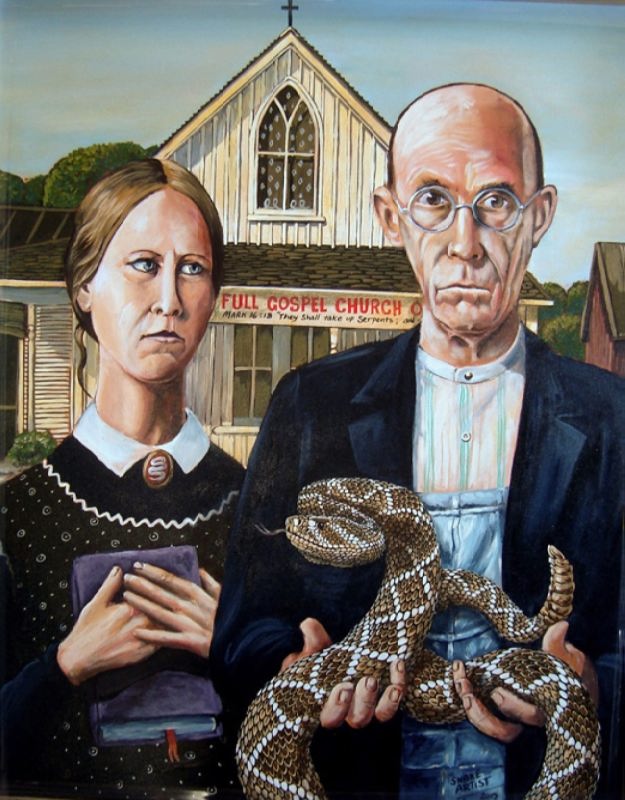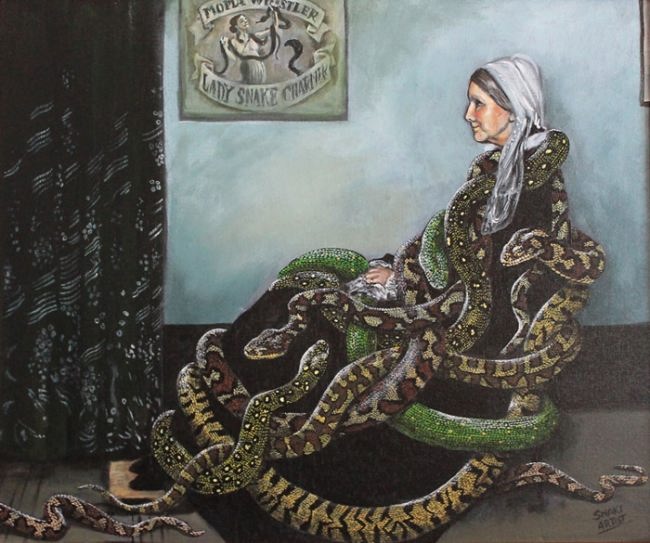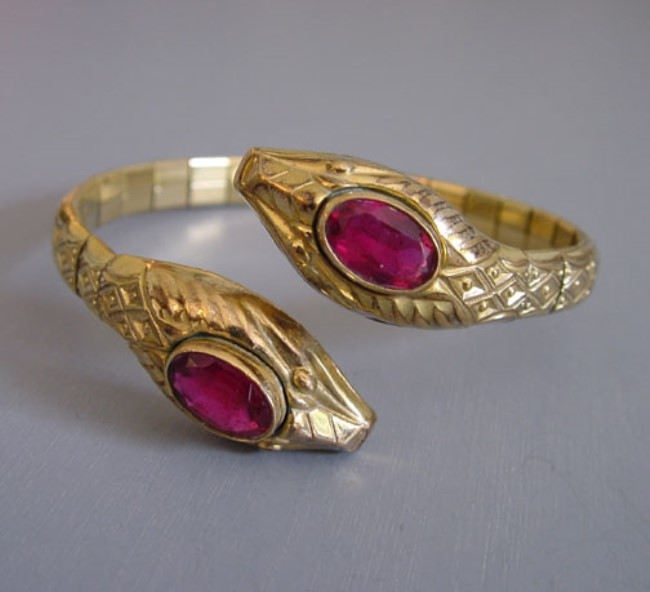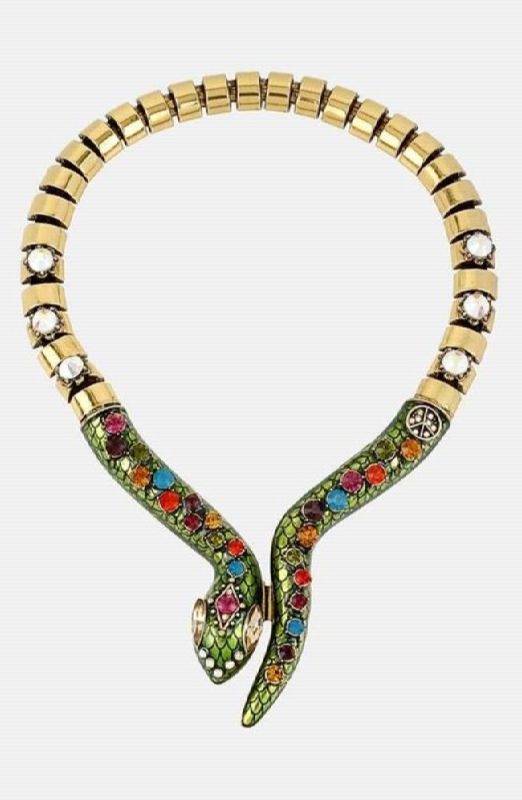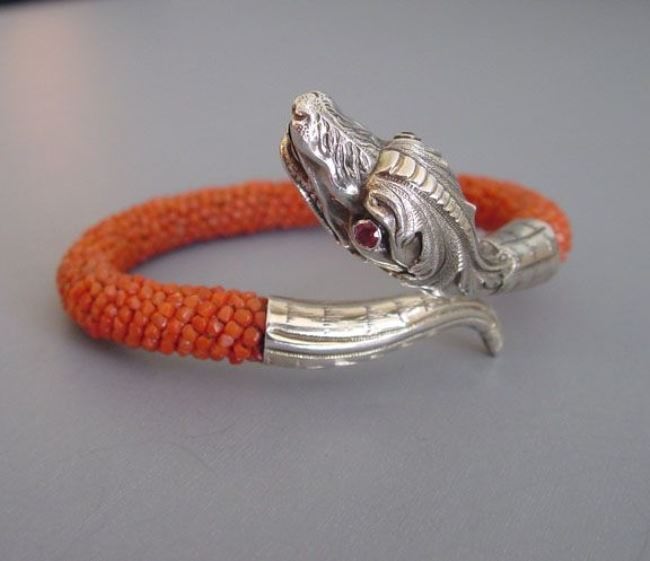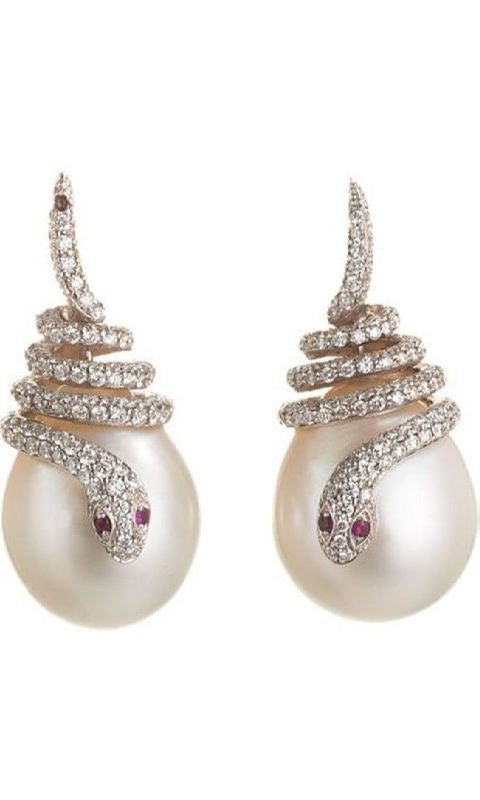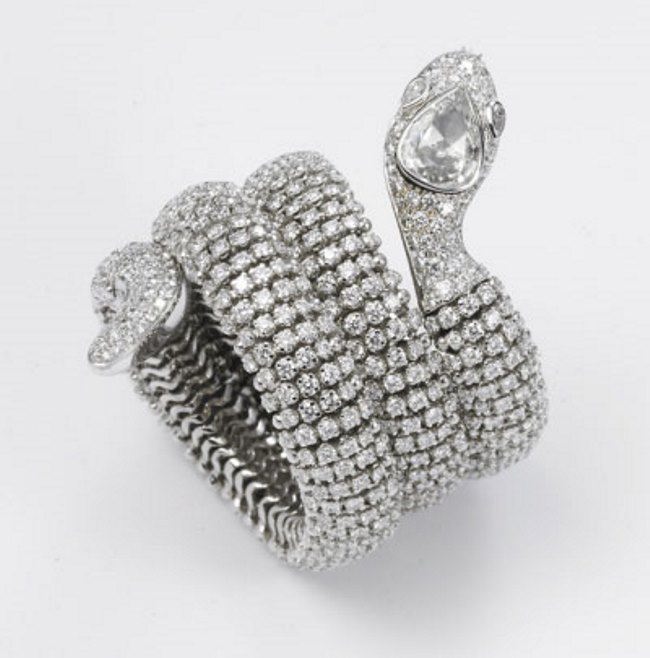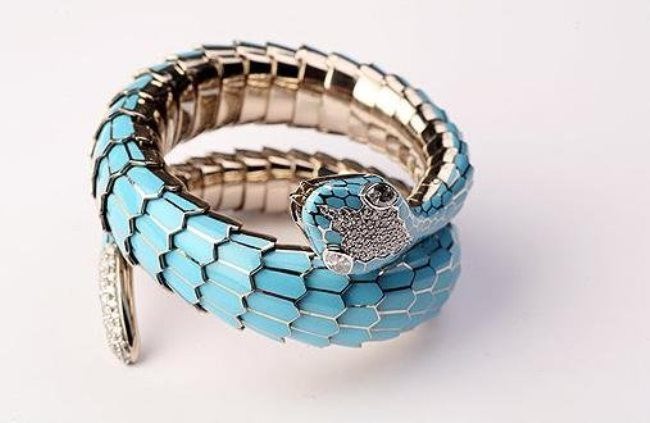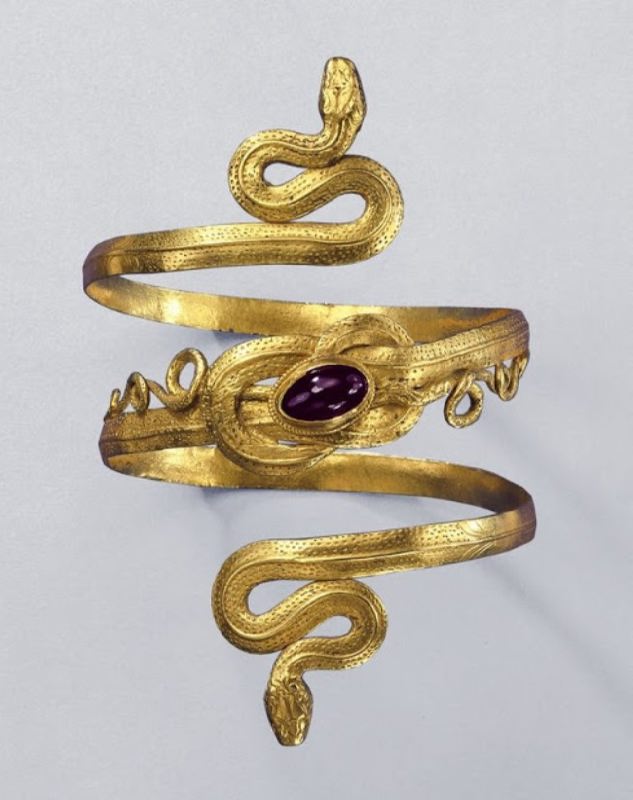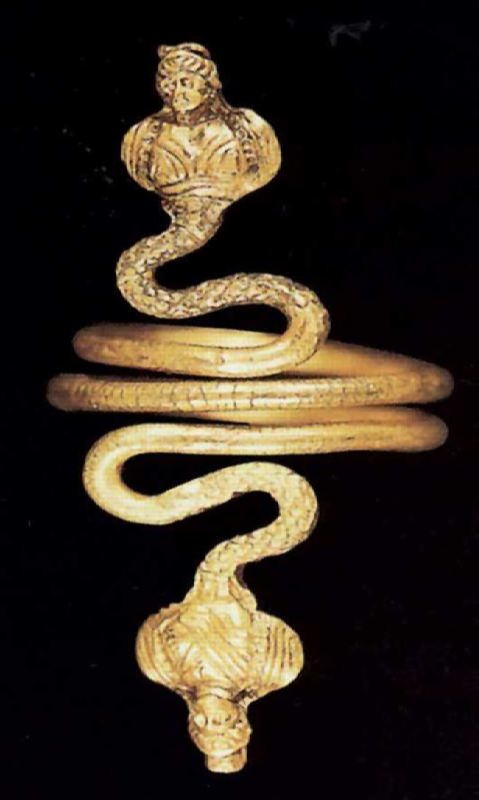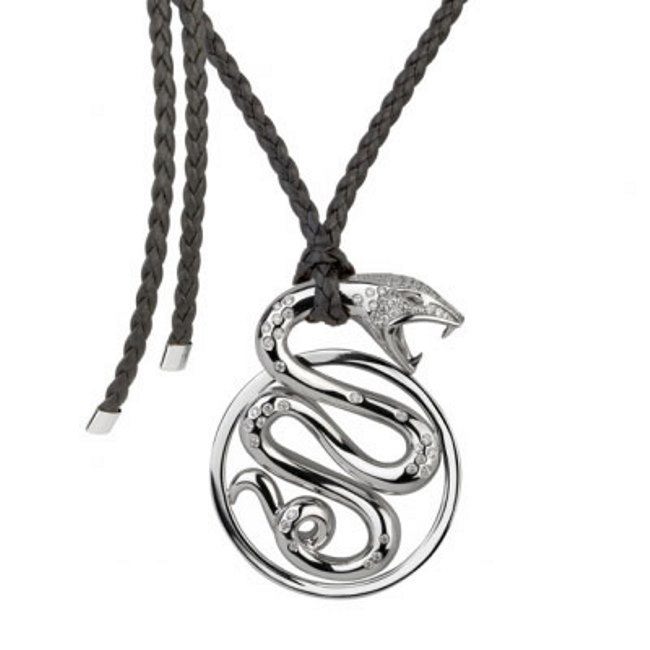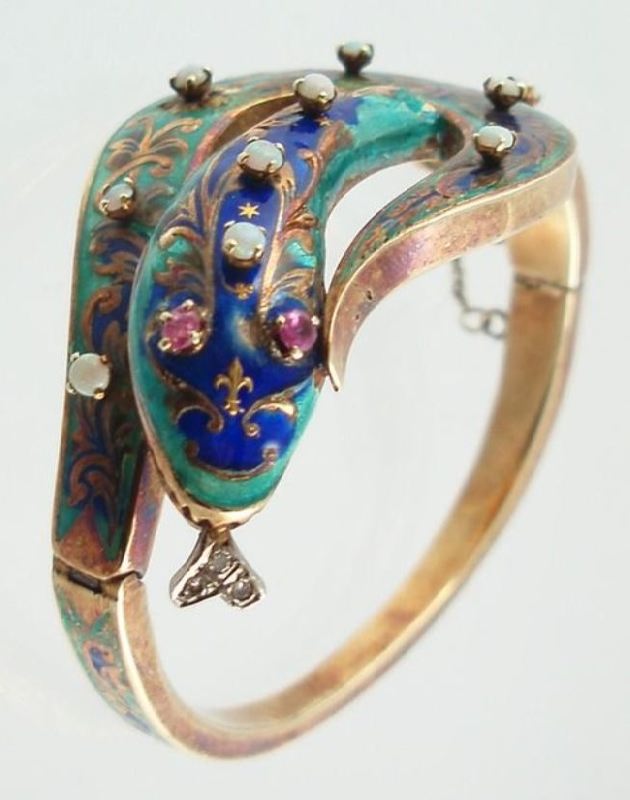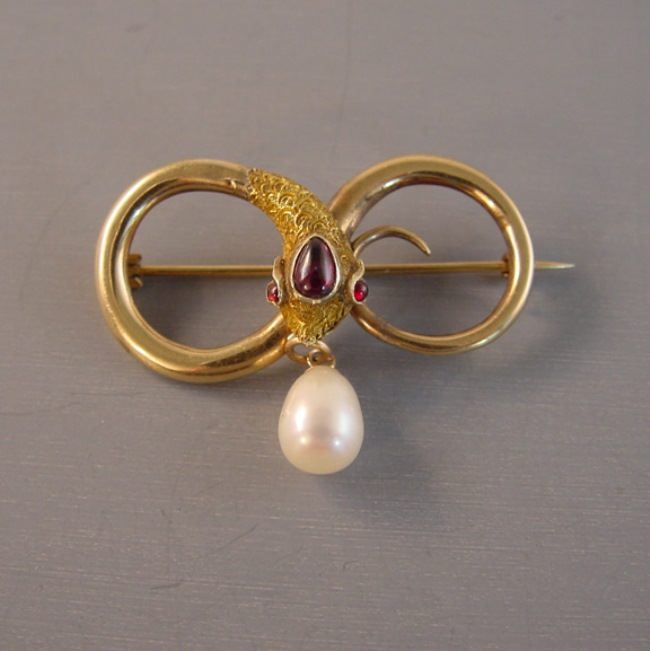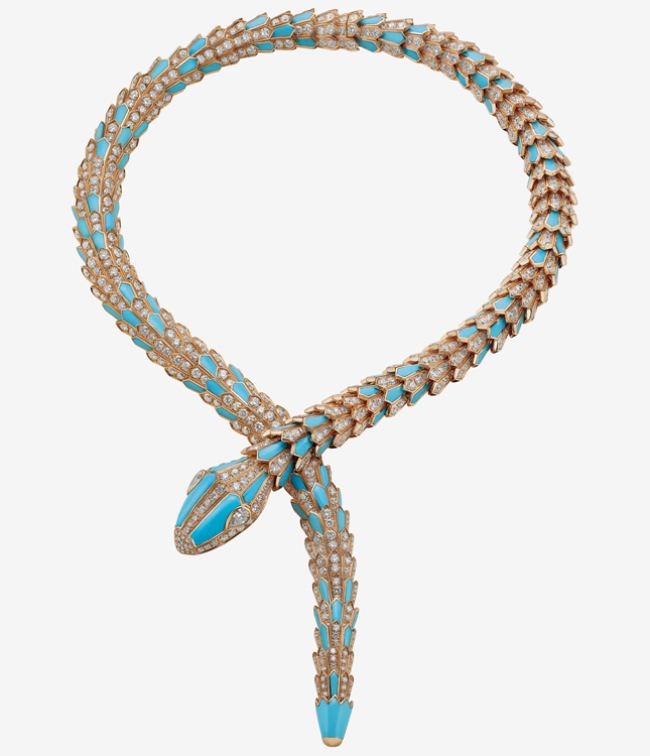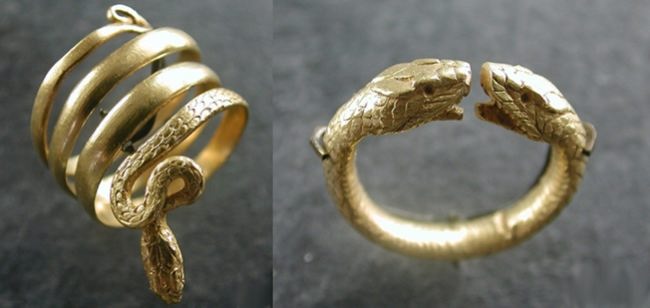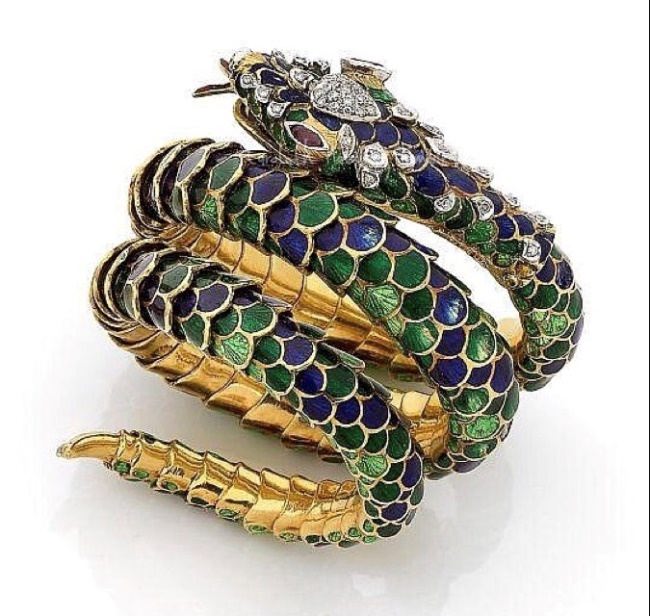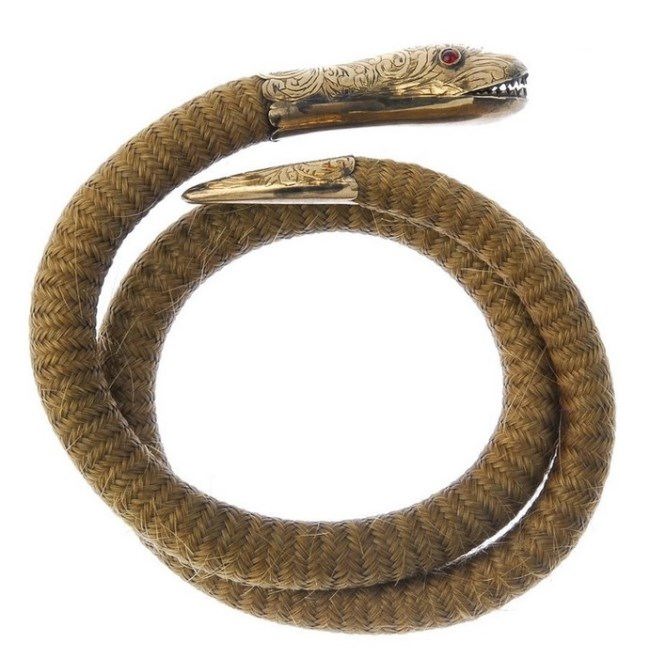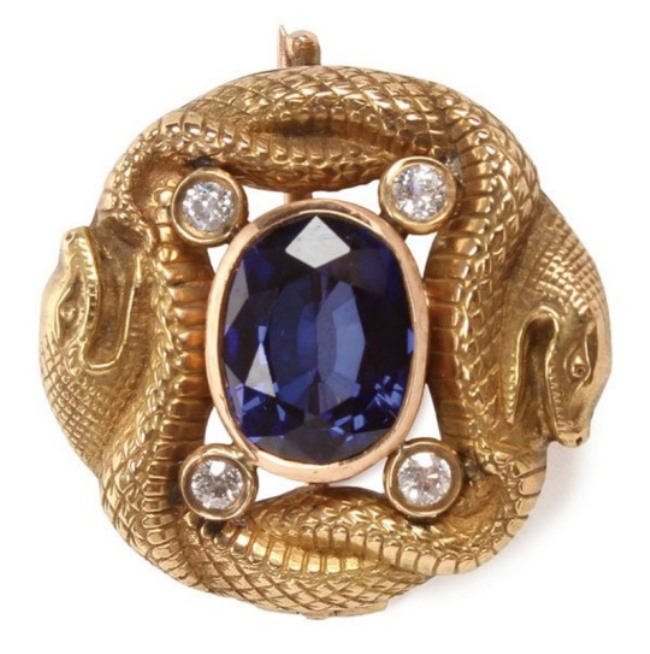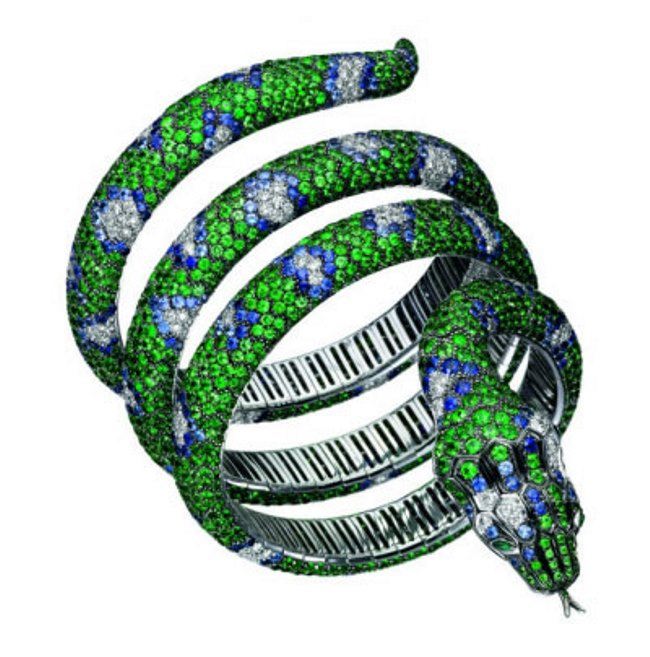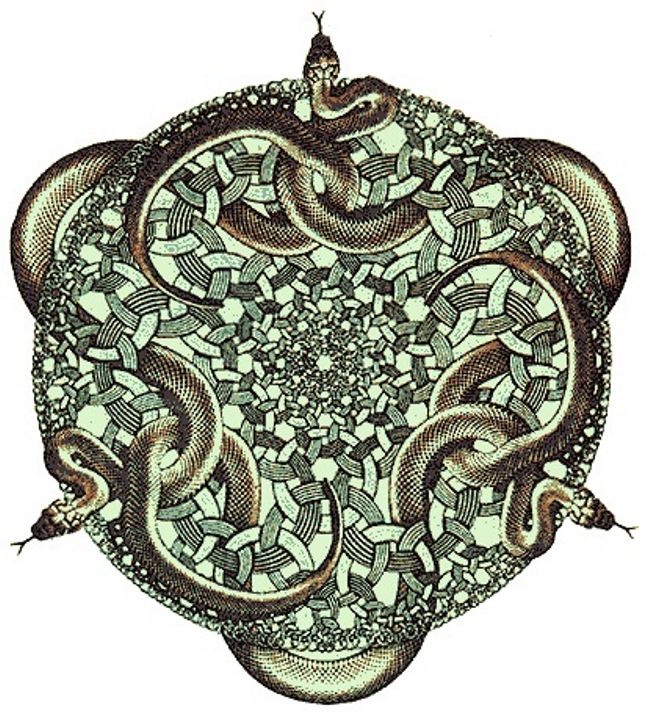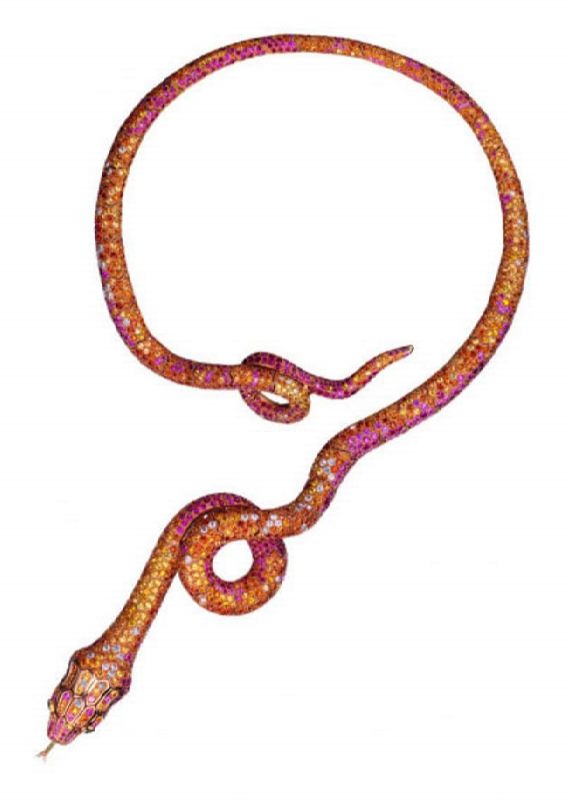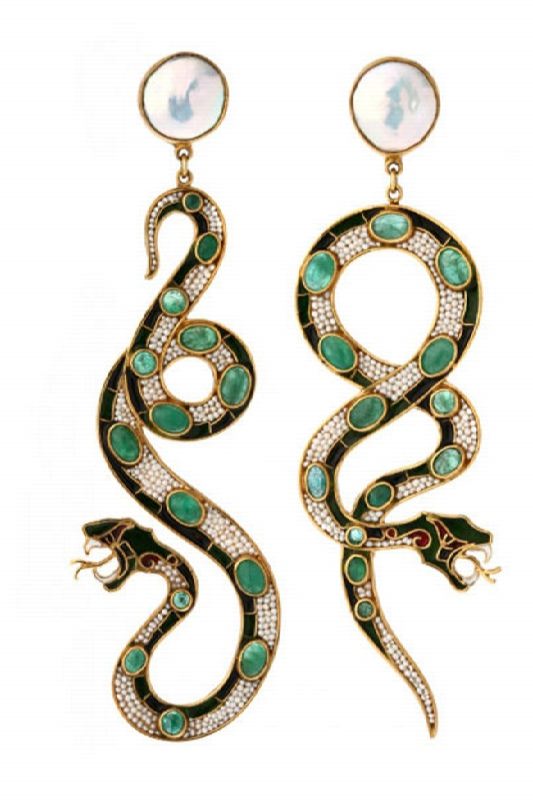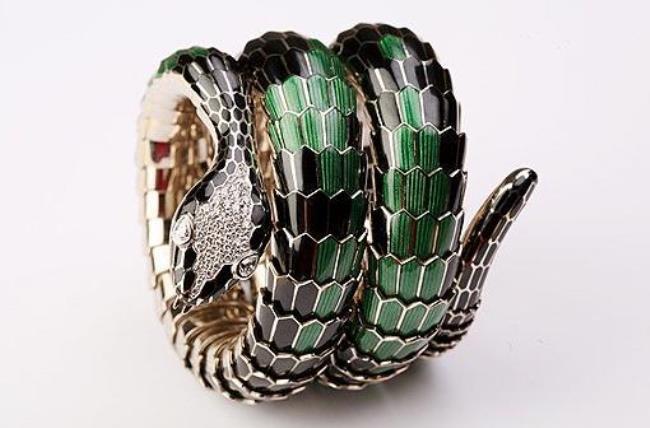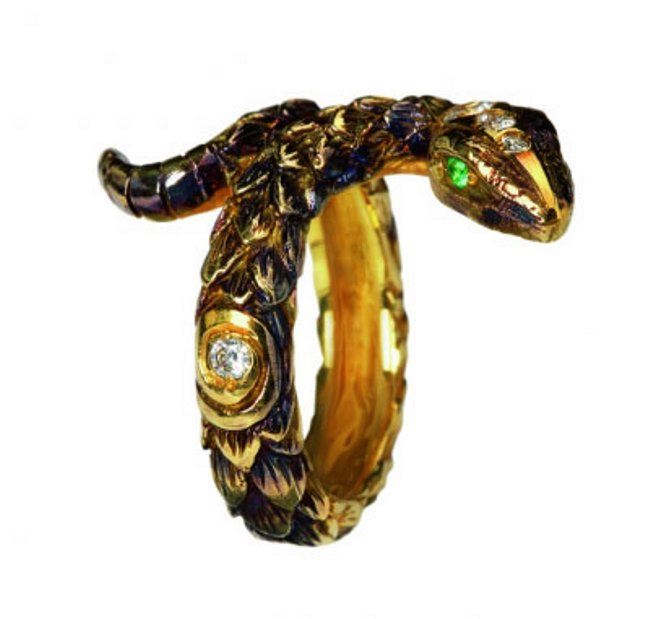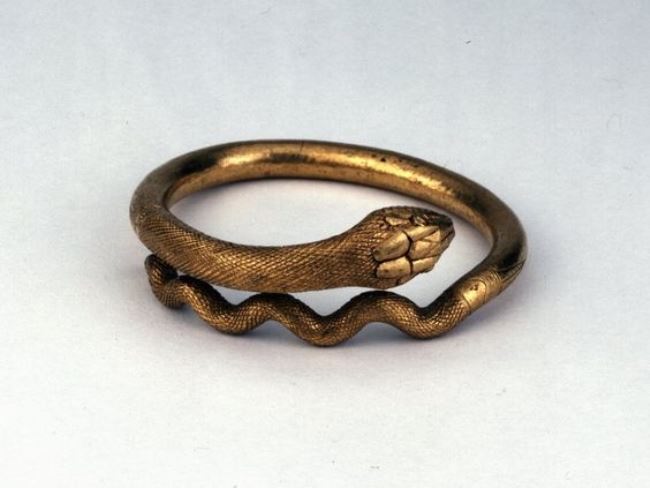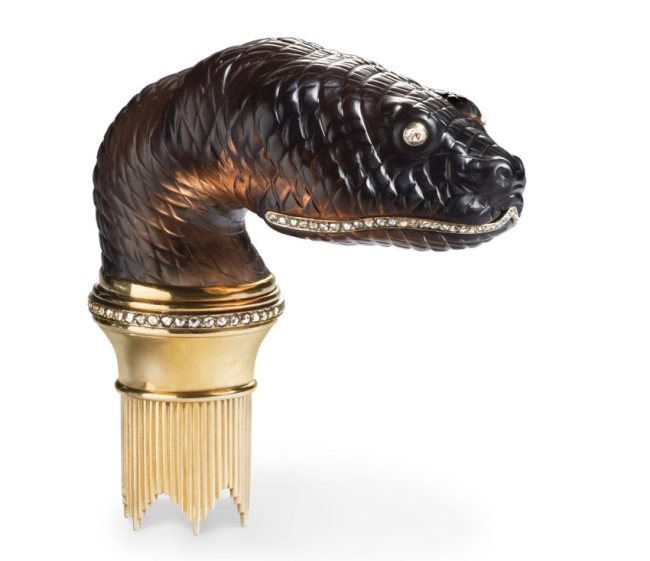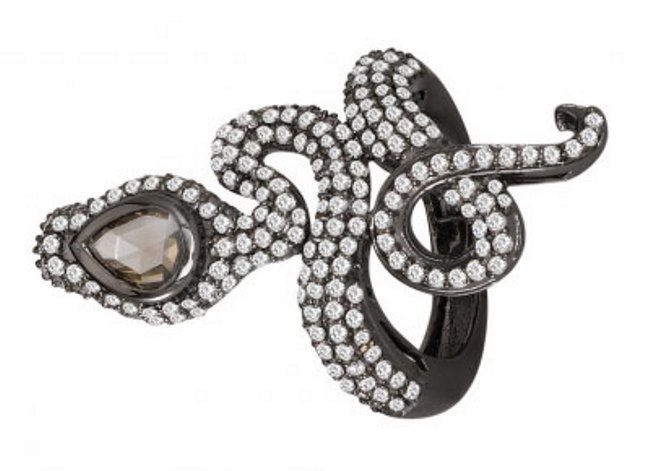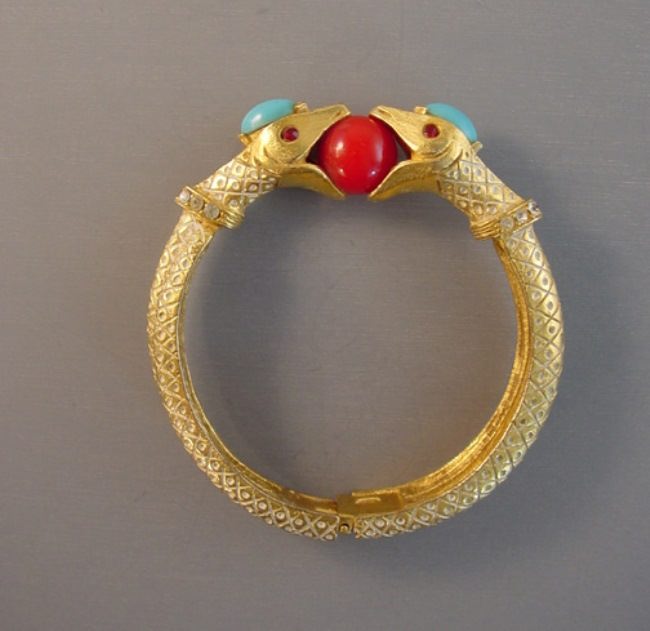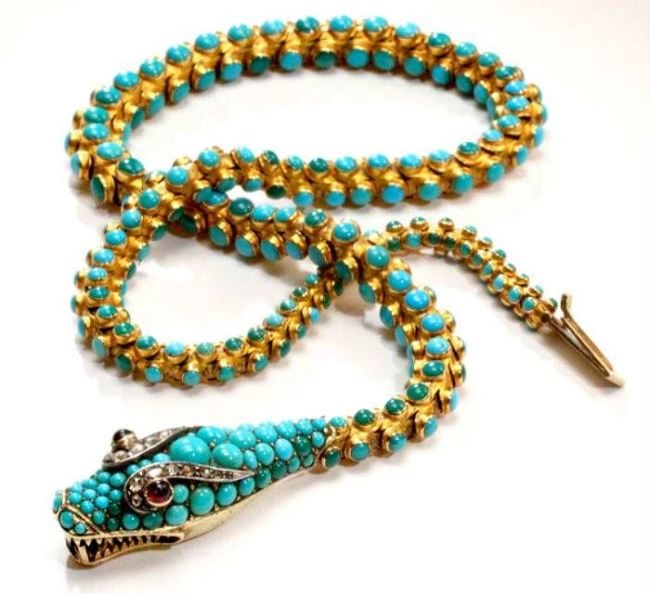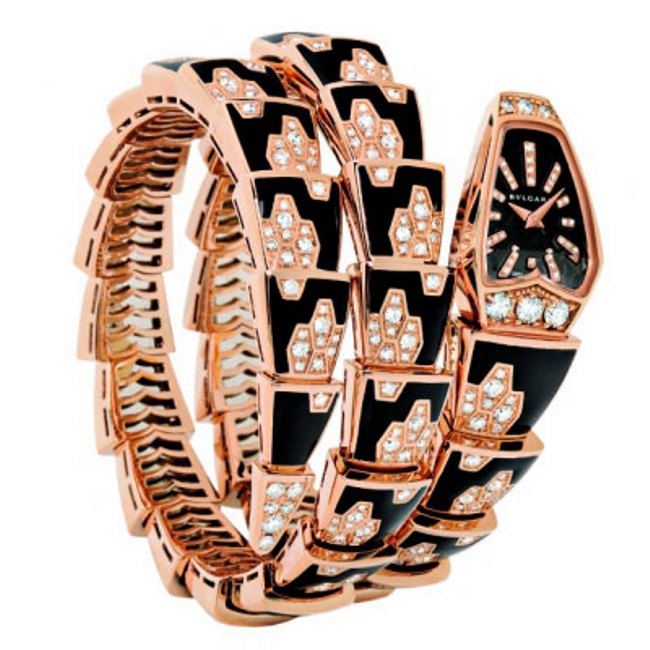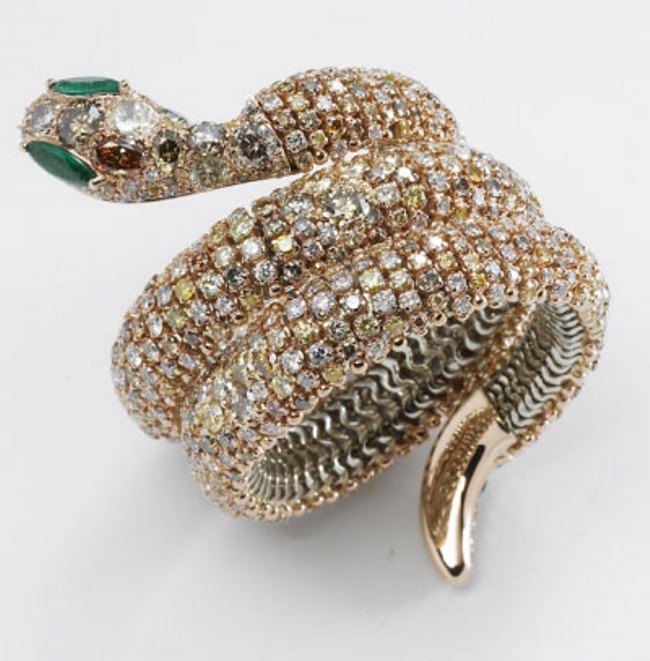Leg less Wonders. Snakes in art
Snakes don’t have legs, or arms either. These reptiles look slippery and slimy, but their skin actually feels like cool soft leather. The smallest snakes are no larger than worms. All snakes are hunters and swallow their food whole, without chewing. Snakes are eaten by big birds such as eagles, hawks, and owls.
During cold winters, thousands of snakes may sleep together in a hole underground to keep each other warm.
There are about 2,900 species of snake. The best-known snakes include cobras, vipers, boas, and pythons. Snakes are found throughout the world except near the North and South poles. Most snakes live on the ground, but others prefer trees. Sea snakes live in water.
Snakes grow throughout their lives. A snake sheds its skin many times during its life.
The longest known snake is the reticulated python, which can grow to 10 meters. The giant anaconda is usually not as long but is much heavier.
Snakes are voiceless. However, they can make a hissing sound by sending air through an opening in the mouth.
Most snakes lay eggs, but others give birth to live young.
Some people think snakes are scary and dangerous. However, a snake bites a human only when it is frightened or threatened. People hunt snakes as a source of clothing and food. Some snakes are sold as pets.
A fear of snakes is among the oldest of all of humankind’s basic fears.
The snake (serpent) is a symbol associated with fertility, femininity, land, water, and with fire and male impregnating principle.
The snake shedding the skin is considered a symbol of immortality. Moving snake forms a sinusoid and while resting it turns into a spiral, so it embodies the cyclic rhythm of existence and potential energy, strength. It can act as the personification of the evil principle in nature, but also as a cosmic element, the support of the world. In the ancient civilizations of the East it is the personification of wisdom.
Since snake venom is used as a medicine, the snake is a symbol of health and the image of a snake wrapped around the bowl is a medical emblem. In various mythological and folklore traditions, snakes are guardians of sources of life and immortality, as well as higher spiritual values symbolized by hidden treasures. The snake can personify the forces of evil and destruction.
In many religions of the world, snakes act as the embodiment of deities and the object of worship. The cult of snakes is known among the peoples of pre-Columbian America. The Aztecs believed that the serpent was a symbol of strength, wisdom, earth and time. Snakes were revered animals in Hinduism and Buddhism.
In Ancient Egypt the serpent Apep personifies the forces of evil and darkness; its image is found on sarcophagi. The sign of the sacred snake was a symbol of the pharaoh and was an element of the headdress of the rulers.
Leg less Wonders. Snakes in art
Bill Flowers is an artist who believes that no snake can spoil the picture. In his series of reproductions of famous paintings, Flowers put snakes into the easily recognizable plots of masterpieces of painting.
Snakes in jewelry art
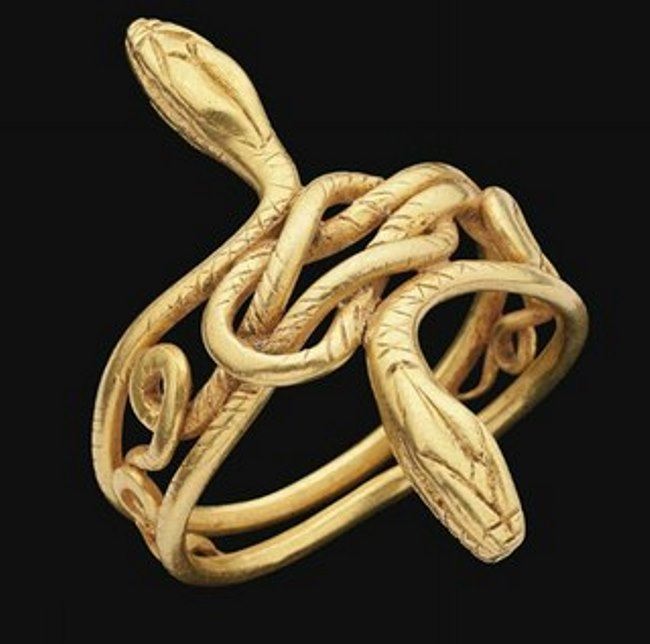
In Ancient Greece and Rome, bracelets in the form of snakes were supposed to give women protection from diseases and fertility
